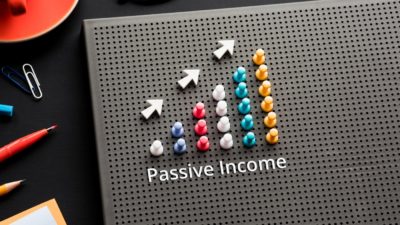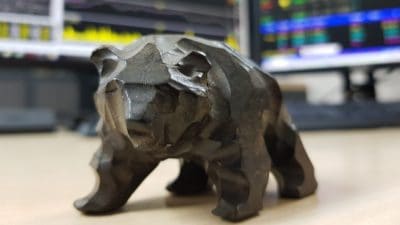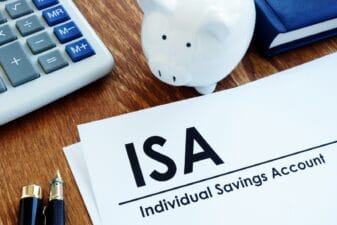 With last week’s interim results from Royal Bank of Scotland revealing a sharp rise in profits, all eyes turn to Barclays (LSE: BARC), due to release its own interims on 30 July.
With last week’s interim results from Royal Bank of Scotland revealing a sharp rise in profits, all eyes turn to Barclays (LSE: BARC), due to release its own interims on 30 July.
There’s a good chance that we’ll see profits on the rise at Barclays, too. So does that make the firm a good candidate for a capital-growth vehicle? I don’t think so.
Is the valuation flagging a warning?
City analysts following Barclays seem to think that profits will increase, predicting a 39% lift this year followed by a 23% rise in 2015. At today’s share price of 218p, the forward P/E ratings come in at around 9.4 and 7.6 respectively. When you consider that with the forward dividend yield, running at just under 5% for 2015, Barclays looks good value on traditional valuation indicators.
The trouble is that traditional valuation indicators don’t work very well for cyclical shares such as Barclays. In fact, they tend to work in reverse, so a high yield and a low P/E rating could be warning investors to keep away.
Barclays’ share-price chart for the last four years reveals a downward trend, just as profits are rising. That situation works against a successful capital-growth investment and can even nullify shareholder gains from dividend income. But why is it happening? The answer to that question seems to be in the way that the stock market looks constantly forward. Cyclicals tend to see their profits rise and fall along with macro-economic cycles. So the stock market knows that rising profits will lead to a profit peak, which precedes another profit decline. So, to keep one step ahead, the market tends to de-rate P/E valuations as profits rise. There’s no doubt about it: timing an investment in cyclical companies is tricky mid-cycle.
Where’s the cash?
The last cyclical bottom hit the banks particularly hard and Barclays struggles to purge legacy issues from its system. The firm is fighting to de-leverage from a position of dizzyingly high financial gearing, and to de-risk its business for reputation and conduct, after a string of conduct-related scandals.
Reform like that takes buckets of cash and Barclays didn’t have enough, which caused it to host a £5.8 billion dilutive Rights Issue last year. You can see why the firm needed extra funds when you look at the cash record:
| Year to December | 2009 | 2010 | 2011 | 2012 | 2013 |
| Cash at bank (£m) | 81,483 | 97,630 | 106,894 | 86,191 | 45,687 |
| Net cash from operations (£m) | 41,844 | 18,686 | 29,079 | (13,823) | (25,174) |
| Net cash from investing (£m) | 11,888 | (5,627) | (1,912) | (7,097) | (22,645) |
| Net increase/decrease in cash (£m) | 49,831 | 17,060 | 18,273 | (27,873) | (41,711) |
I don’t think you need look much further than that table to see what keeps Barclays on a low rating. A firm’s ability to generate and hang onto cash is its most fundamental measure of worth, and in recent years, Barclays looks like a basket case.
Before Barclays stands any chance of halting or reversing its share price decline, I think we must see a robust turnaround in its cash fortunes. Therefore, I’ll be looking for clues with this month’s interim statement, but reserving judgement on the firm’s financial progress until the full-year results are in at the beginning of next year.
What now?
One thing that I definitely won’t be doing is investing in Barclay’s right now. I’m looking for firms with bright growth prospects and as little cyclicality in their operations as possible.







